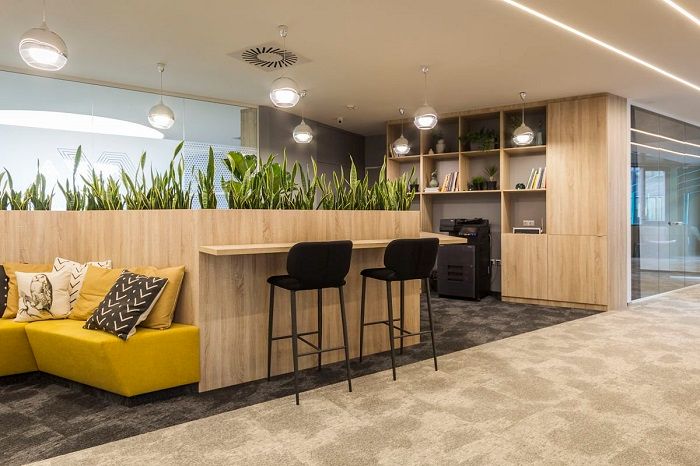Being an architect these days is no easy job. With the constant change of time and trends, it’s sometimes hard to stay ahead of the curve. That’s where we come in, guiding you through waves of change in the industry such as the green building movement.
Green construction has been a hot topic for a while now, but not every building is constructed with the green accreditation. So, how can an architect ensure the building is answering the essential environmental requirements? Well, by getting to the bottom of the principles of green building, the challenges that come along and the innovations driving the future!
Energy efficient design: Integrate energy-efficient features such as insulation, HVAC systems, energy saving lighting and passive design strategies including orientation, shading and natural ventilation.
Water efficiency: Minimising water consumption and reducing the strain on water resources goes beyond water saving fixtures. By implementing rainwater tanks, the process becomes easier.
Material selection: While choosing materials, opt for green building materials that are sustainably sourced, non-toxic, durable, and recyclable or biodegradable. It’s important to note factors such as embodied energy, life cycle assessment, and environmental certifications, for example, Cradle to Cradle Certified products.

Waste reduction: During construction, there will always be waste but by adopting practices such as recycling, salvaging materials, and designing for deconstruction, you will be able to reduce the waste significantly.
Indoor Environmental Quality (IEQ): Green building practices also include promoting the occupant’s health, wellbeing and productivity. By enhancing indoor air quality, thermal comfort and daylighting with the use of low VOC materials, adequate ventilation, and efficient building envelope design, you’ll create a safe haven where people can thrive.

Site selection and land use: Where you build is also an important factor in green building. It’s crucial to select sites that minimise environmental impact, preserve natural habitats, and promote sustainable transportation options, such as proximity to public transport, access to amenities, and the preservation of open space biodiversity.
Site planning and design: Designing for climate change is becoming more and more crucial every day. By incorporating green infrastructure elements such a green roofs, permeable pavements, and engineered channels to collect and transport rainwater while removing debris and pollutants, one can mitigate environmental impacts and enhance ecosystem services. Implementing resilient design strategies, such as flood resistant construction, passive survivability, and flexible building layouts, can be beneficial for the future.
Original article from modulyss

